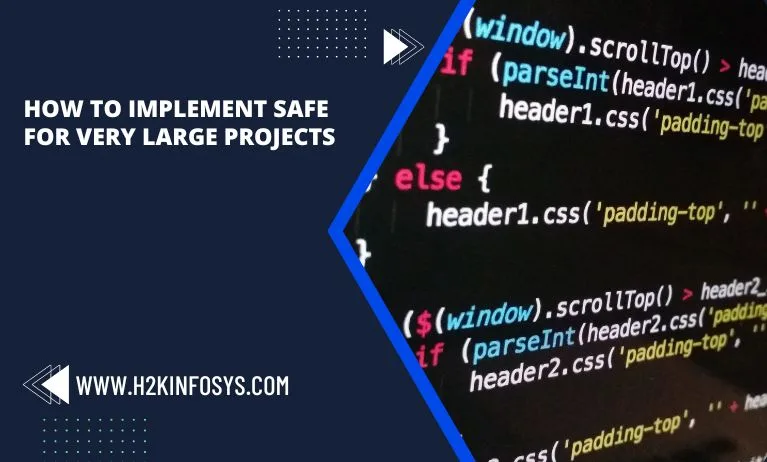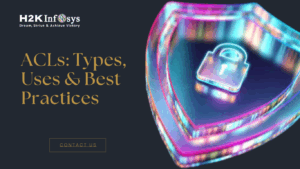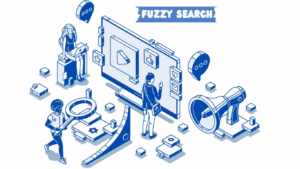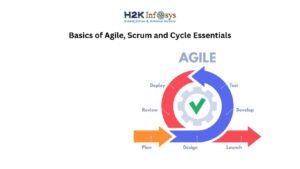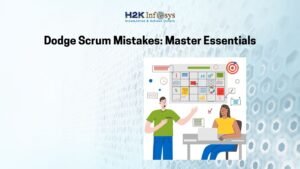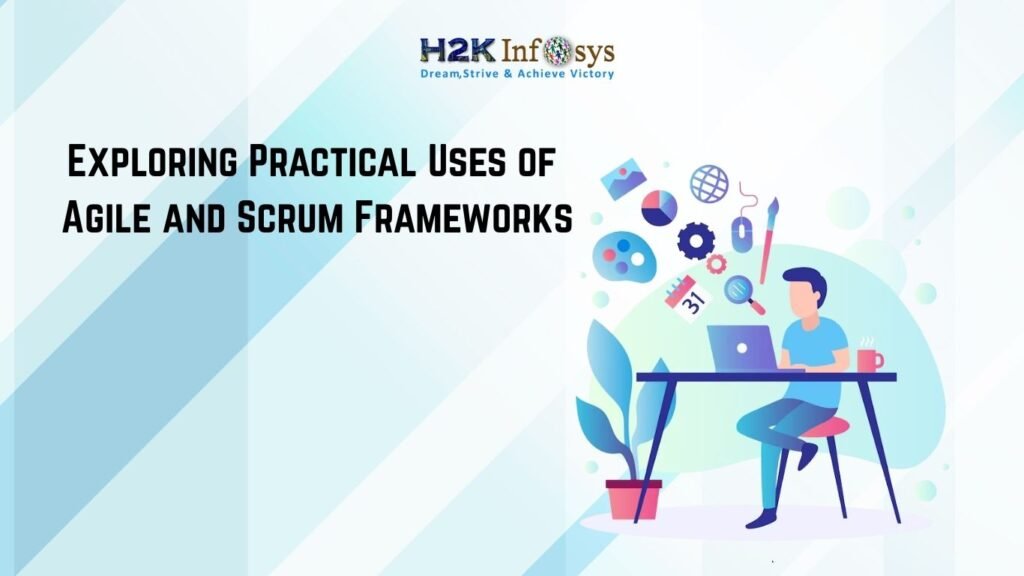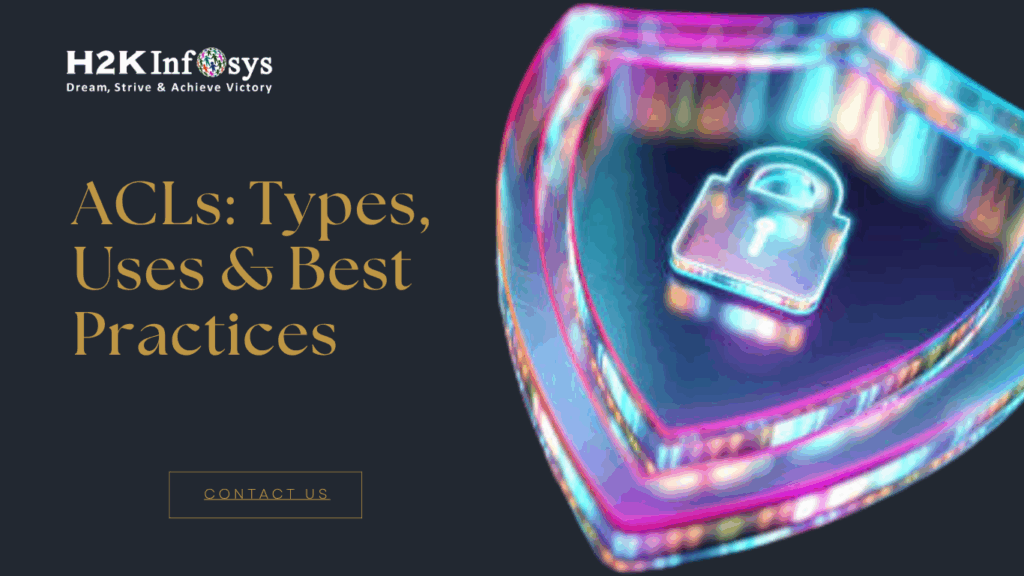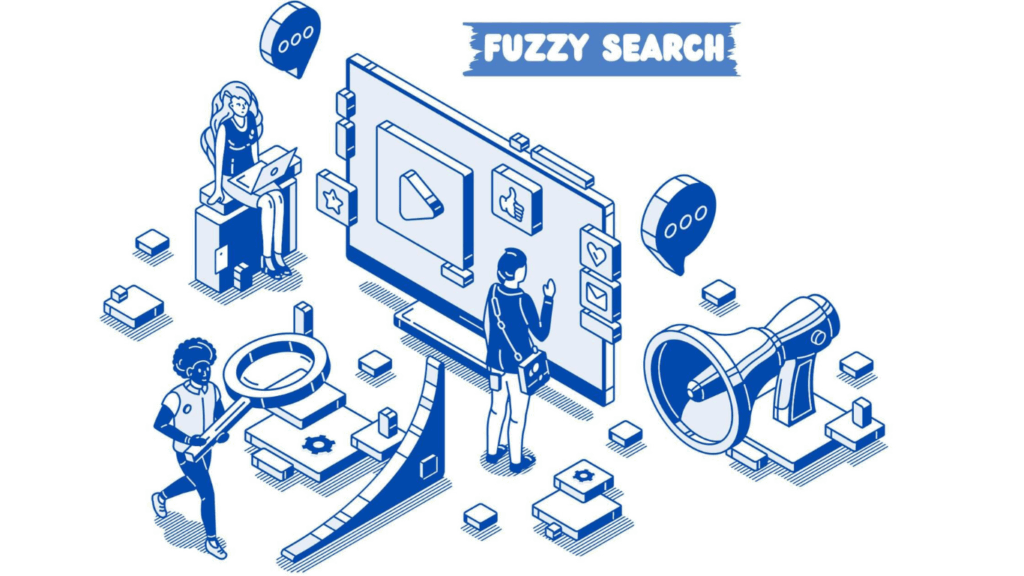You probably already know that SAFe (Scaled Agile Framework) is the most widely used technique for scaling Agile teams in the world today if you are considering applying it. Additionally, you may have heard conflicting views regarding the efficacy of this approach and are unsure of its applicability to your company. I also hazard a guess that you are attempting to select how to set up your project team to use SAFe and accomplish your goals.
Effective SAFe configuration is a complicated subject that probably calls for advice from a knowledgeable SAFe program consultant (SPC). However, given my experience assisting large project teams in adopting SAFe, I’d like to share a few observations. Maybe this will give you some fresh ideas. You can also learn more about SAFe by checking out a good online Agile certification course.
How “large” is large?
As you are aware, there are four different SAFe configurations available, each with a distinct target area. In this article, we’ll concentrate on the SAFe Large Solution, one of these options, to provide you with some insight into how it might fit your needs.
You may have observed that SAFe makes no mention of the minimum team size required to implement a “Large Solution.” However, by examining the makeup of this model, we can deduce that. A Solution Train (ARTs), which is a notion that contains numerous Agile Release Trains, is a component of the Large Solution approach7. There are 3 ARTs within the Solution Train, as can be seen from the graphical representation on the Scaled Agile website, which can be interpreted as the minimum requirement for a Large Solution.
As a result, if we perform some simple maths, knowing that each ART typically comprises 50 to 125 individuals, we will have a Solution Train that has approximately 150 to 375 individuals (at minimum). We can assume that we could perhaps deploy several additional ARTs if it makes sense because SAFe does not specify a cap on the number of Solution Trains that can be deployed. Here, professional advice would probably be useful in guiding your choice.
Now that the size of the Solution Train has been determined, we must decide how to create each ART in a way that will support the final product or solution we are creating. Here are a few concepts for you to think about.
All trains are the same
One way to put the Large Solution configuration into practice is to let each train construct a component of the final product or solution. Because each train will design, create, test, and then integrate a component of the solution with another train, each train will essentially work in a similar manner.
Platform train
If the need arises, it might make more sense to commit one train to the solution’s infrastructure so that the other trains can concentrate on developing features and capabilities. With this strategy, features can be delivered more quickly since the platform train may concentrate on system-level functionality while building the architecture runway for future trains.
Enabling train
It may make sense to dedicate a train to focus on these tools if your project requires the implementation of novel tools and technologies that only a small portion of the staff is familiar with. This will enable other feature trains to function effectively. The enabling train in this scenario would act as a supporting system for all other trains and offer advice/expertise as required.
How are “Large” teams deployed?
How do you decide how to assemble and deploy the trains in the most effective manner now that you have a rough notion of the kinds of trains you could need? Here are some ideas.
Top-down approach
An all-out, top-down approach in which all ARTs are deployed concurrently within a Solution Train is one strategy that some firms have chosen to employ.
Incremental approach
Iterative and incremental approaches are another strategy that, in my experience, are more frequently used to start a Solution Train. In order to give the teams more time to acclimate, this strategy entails introducing many ARTs at various times. The platform train may be launched first and allowed to run for one Program Increment (usually one quarter in calendar time), after which other feature ARTs could be launched concurrently.
Another option would be to start each feature train at the Program Increment milestone over the course of multiple increments. In order to guarantee alignment and synchronisation across all trains at that checkpoint, the Program Increment milestone is an excellent place to start additional trains; If a new train is introduced in the middle of a program increment, it will be significantly harder for all trains to coordinate their efforts and stay on schedule.
One last point about Large Solution SAFe is the requirement for extra roles, which many organisations overlook. Making sure a Solution Train Engineer is found and qualified to handle cross-train problems is essential for the efficient operation of a Solution Train. This is one of the most crucial features of the model, and it can have a significant impact on the project’s overall success.
Conclusion
In conclusion, if you have never used SAFe before, it is advisable to start small to give the team members the time to become used to this new way of working. To get a feel for the model in practice, start with a tiny ART, and then determine how to expand from there. Take success stories from other businesses with a “grain of salt” because each organisation is distinct in its people, processes, and culture. By allowing your employees to participate in determining the best way to implement SAFe, you will increase your chances of success.
Register for an online Agile training today to learn more about SAFe.
